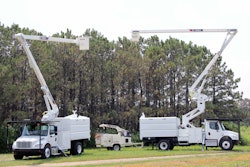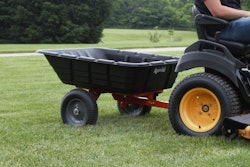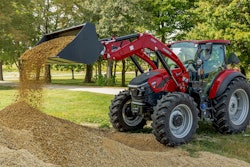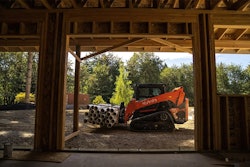
However, there’s one step that seems to be overlooked frequently.
Landscapers need to be checking a client’s water meter regularly to be sure no leak is happening on the property.
Horizon’s Bob Franchetto put together a few tips and a video to show landscapers how to find and correct leaks with the water meter.
Is there a leak?
When you’re using the water meter to check for leaks, we’re not concerned about the large dial. When the large dial is moving, there’s a big leak. What you want to find is the low flow indicator. Sometimes it’s blue, sometimes it’s a little red triangle. If the low flow indicator is moving when the irrigation system is shut off, there’s a leak somewhere in the system.
Finding the Leak
Step 1: Check if water is leaking.
Where the water is leaking is important. If the water is leaking on the city side, your customer won’t be billed for that water, but it still needs to get fixed. Leaks on the city side are the city’s responsibility and the city should be contacted to arrange service.
When the water is leaking on your customer’s side of the property, your customer is paying for it, and it’s your responsibility to fix.
Step 2: Check the system from the meter to the valves.
If the water meter is running with the irrigation system turned off, then there is a leak between the meter and the valves. If the meter is running with the backflow turned off, you have just bypassed the valve and isolated the problem to the main. Your leak is between the meter and the backflow.
Step 3: Check if water is leaking out of the sprinkler heads.
When you have water leaking out of the sprinkler heads on a flat surface, you have a weaping valve. The valve is leaking. It needs to be fixed or replaced.
And if the sprinkler heads are leaking on a sloped surface, you may need to install check valves. Without check valves, each time the system shuts off, every bit of water from the valve to the head is going to leak out. It’s a classic example of low head drainage.
The problem further multiplies when you cycle and soak the slope. If you don’t have a check valve in the head when you cycle and soak, every cycle will produce additional low head drainage.
As purveyors of water, it’s our job to help our customers better manage their water usage. In many cases, we can dramatically improve an irrigation system’s efficiency with a few simple tweaks.











